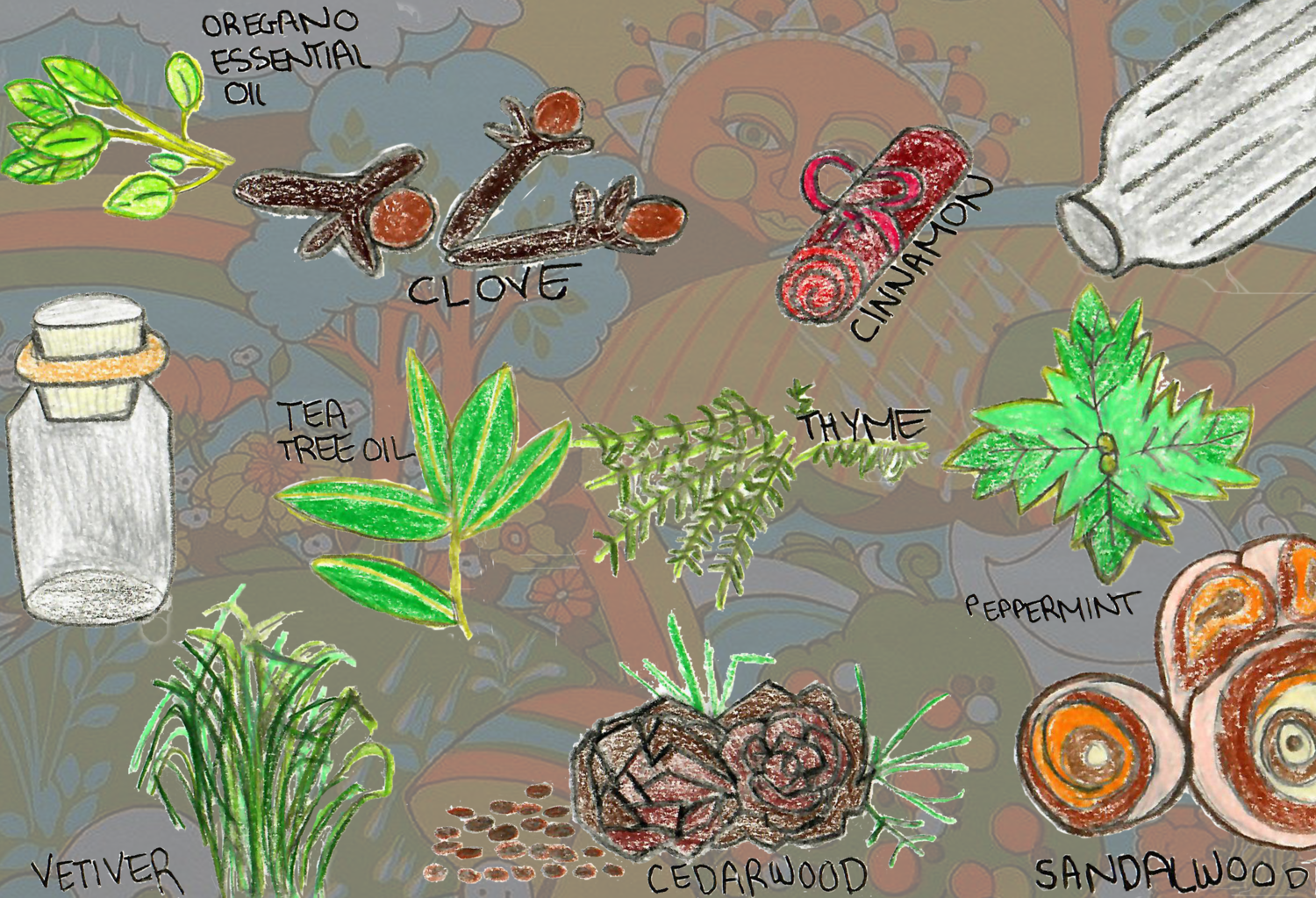Lyme Disease

I have battled chronic Lyme disease for what I believe has been my entire life. I am passionate about raising awareness and funds to support desperately needed research. I am so grateful for your donation; no amount is too small. As always, please get in touch with me with any questions.
Why and how is Lyme Disease so sneaky? First off, ticks are incredibly tiny and difficult to spot. Young nymphs are about the size of a poppy seed!
According to Bay Area Lyme (Here) “People who live in Lyme disease areas should take the risk of tick bites seriously and do all they can to prevent them, keeping in mind the 25% chance of infection if they miss a tick, instead of the 3% chance if they find one.”
Additionally, only a lucky few spot a red, puffy bullseye rash after getting a tick bite. Less than 50% of people with Lyme disease report remembering seeing a tick on their body or developing a bullseye rash prior to becoming ill.
This chart further illustrates Lyme Disease’s sneakiness as well; showing hours after being bitten, the risk of developing Lyme Disease might be low, but is not zero. The point of the matter: the illness comes on fast!
In addition to all of this pre-bite information, many patients and physicians confuse Lyme disease with other illnesses of all sorts, as it is known as “the great imitator.” It is best to remain mindful that if you experience odd feelings that do not improve with traditional treatment and especially recall roaming in woodsy areas— it is best to get tested.
Community and Policy: The Repellency Awareness Graphic
How can individuals help their community stay safe by helping others prevent tick bites and lyme disease?
Customers need to continue publicly expressing and demonstrating, through buying behavior, that they will only purchase repellents from companies that prioritize transparency and quality in their products. Taking such actions will facilitate real change which can benefit everybody.
In 2017, the EPA announced it was letting businesses apply for permission to show their “repellency awareness graphic” on the product labels, as a way of helping consumers identify the repellency time for ticks and mosquitos.
In 2019, not all repellents on the market seem to include the awareness graphic.
What can communities do to make sure companies recognize the importance of transparency and product efficiency in addition to money? Let’s work together to make sure those popular brands are really focussing on the responsibility they have to find ways of making customers as safe as possible by using their products.
Tick Proofing The Backyard
The CDC Here offers an abundant amount of information regarding how one can tick-proof their backyard—they even have a handbook for your reference.
In sum,
They claim that establishing proper tick control in one’s yard begins with choosing the right pesticide before anything else.
While this is important, one should not rely solely on pesticides to prevent infection.
Also, choosing the right pesticide is a process. Homeowners need to check with local health and agricultural officials to determine the best time to apply it and rules and regulations for certain types of properties.
Below, see this helpful guideline if you aim to establish tick-safe zones in your yard.
Pet Products
There are several Lyme Disease vaccines available for dogs. Pet owners need to vaccinate and re-vaccinate their dogs at the expiration dates.
In addition to the vaccinations, be sure to check your pets regularly for critters, especially in little nooks and crannies that are easy to overlook. If you find a tick on your animal, remove it promptly.
Below is an image of several products which are FDA approved for dogs and cats. It is best to consult a veterinarian about which products you should embrace versus keep away from - because serious adverse side effects can happen.
Tick Removal
What is Permethrin Anyway?
According to the National Pesticide Information Center, Permethrin is an insecticide in the pyrethroid family. One can use permethrin in various of ways to control insects. Often, public health programs use permethrin on food and crops.
There are more than 1400 registered products on the market that contain permethrin. Such products are available in a variety of forms including as sprays, aerosols, powders, dusts, liquids, and treated clothing. It is a good idea to use permethrin on one’s clothes but not on the skin a precautionary measure against Lyme disease. If you are looking for a repellent to use on your skin - choose one containing DEET or picaridin.
Here provides a comprehensive summary of permethrin side effects and toxicology and safety.
What you should know:
While permethrin does not propose immediate harm to most birds and mammals, it is extremely dangerous to cats and fish. One should be cautious about applying the chemical near bodies of water.
DIY: Natural Tick Repellents
Mixes:
Citronella and Eucalyptus: Along with lavender, juniper, oregano, and clove, these oils are comparable with DEET.
NOTE: they must be reapplied more frequently than chemical tick repellants. Mix the oils with equal amounts of water or alcohol and make sure to shake the mixture before applying.
Rose-Geranium Oil:
Mix an equal amount of rose-geranium oil with coconut oil.
Apply it all over your body regularly. (This oil was shown to be highly effective at deterring ticks by the Journal of Agricultural and Food Chemistry.)
Oil of Lemon Eucalyptus:
Mix 30 drops of oil of lemon eucalyptus with 4 ounces of witch hazel (or apple cider vinegar or vodka alternatively). Some choose to add a teaspoon of vanilla, which may further repel ticks.
(Some research suggests a 30% lemon eucalyptus oil preparation can be equally effective as DEET in preventing mosquito and tick bites.)
Source
Also, As an FYI…
According to the scientific literature on PubMed, the U.S. National Library of Medicine, studies show the following agents are effective against ticks:
Oregano Oil, Clove, Tea Tree, Thyme, Peppermint, Cedarwood, Cinnamon, Sandalwood, Vetiver
Annabel Monsky








